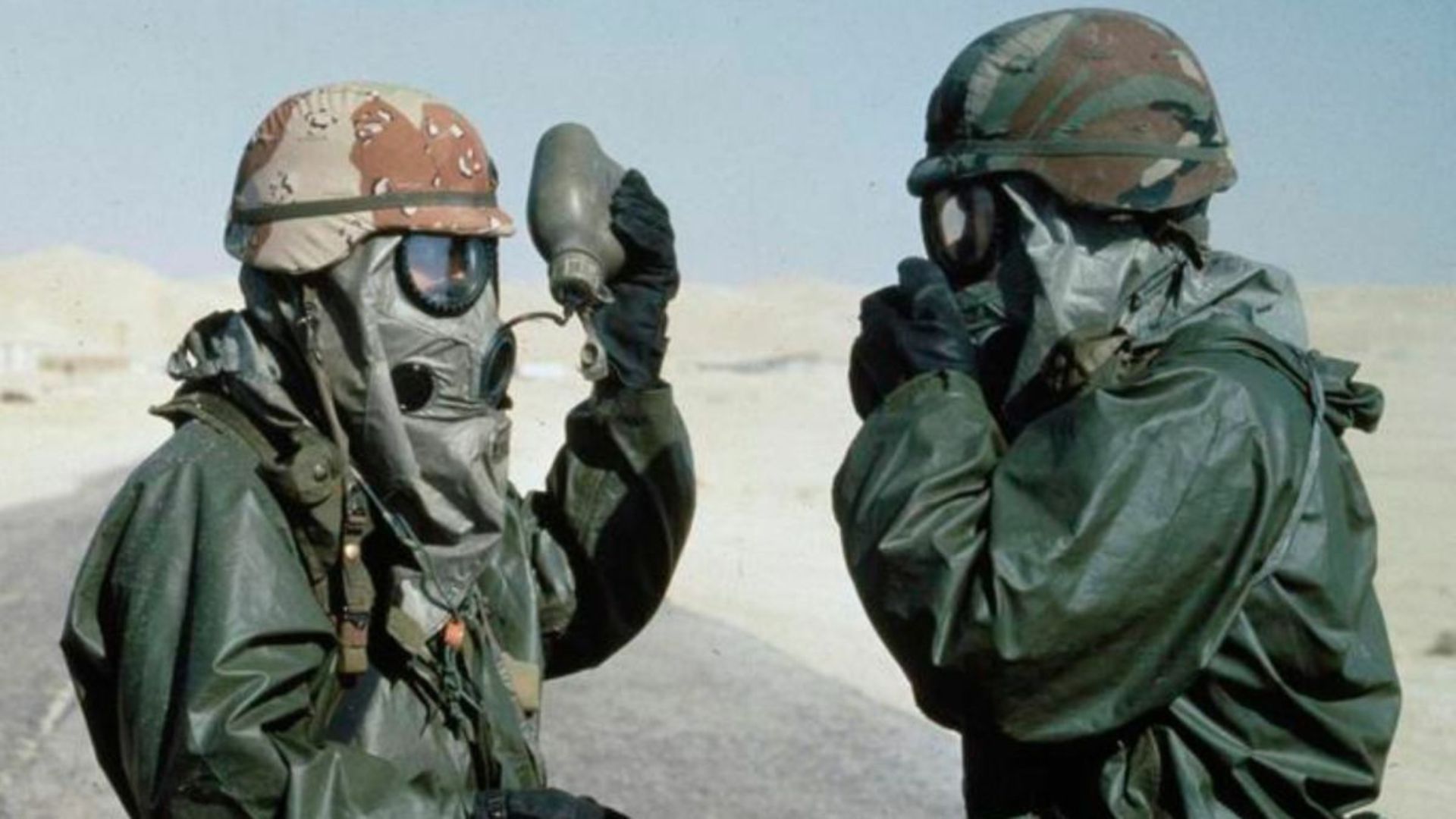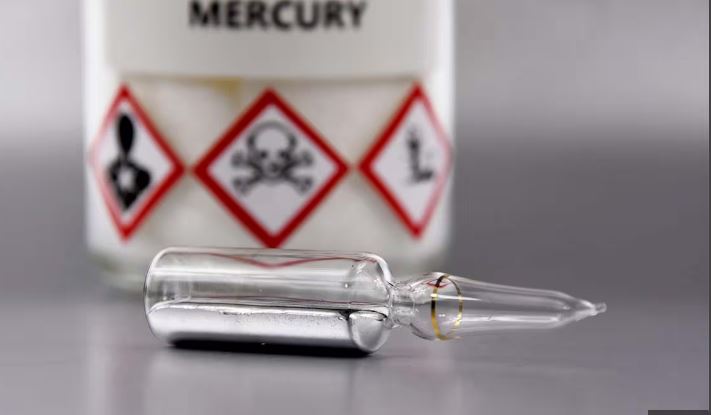Water-resistant apparel has become increasingly popular due to its practical benefits in various weather conditions. Chemical treatments play a pivotal role in enhancing the water resistance of fabrics, allowing them to repel moisture and maintain their performance over time. These treatments not only protect garments from rain and spills but also contribute to their longevity and overall functionality.

Improving Water Resistance in Apparel Through Chemical Treatments
Chemical Agents for Water Resistance
Manufacturers use several chemical agents to improve water resistance in apparel. One of the most common chemicals is fluoropolymer, which creates a protective barrier on the fabric surface. Fluoropolymers, such as polytetrafluoroethylene (PTFE) and perfluorocarbons (PFCs), are highly effective in repelling water and preventing it from penetrating the fabric. These chemicals create a durable, hydrophobic layer that enhances the water resistance of the garment.
Advancements in Water-Repellent Technologies
Recent advancements in water-repellent technologies focus on improving the performance and sustainability of chemical treatments. One such innovation is the development of non-fluorinated water repellents. These alternatives, such as silicone-based treatments, provide effective water resistance without the environmental and health concerns associated with fluoropolymers. Additionally, researchers are exploring the use of bio-based treatments derived from natural sources, which offer eco-friendly options for enhancing water resistance.
Application Techniques for Water-Repellent Treatments
The application of water-repellent treatments can vary depending on the fabric type and desired effect. Common techniques include padding, spraying, and dipping. In padding, the fabric absorbs a chemical solution through a mechanical process, while spraying applies a fine mist of the treatment onto the fabric surface. Dipping involves immersing the fabric in a solution to ensure thorough coverage. Each method has its advantages and is selected based on the specific requirements of the garment and the chemical used.
Impact of Water-Repellent Treatments on Fabric Properties
Water-repellent treatments can impact the overall properties of the fabric. While they enhance water resistance, these treatments may affect the breathability and softness of the garment. Manufacturers carefully balance the benefits of water resistance with the need for comfort and flexibility. Advanced formulations and application techniques aim to minimize any negative effects while maximizing the fabric’s performance.
Testing and Quality Assurance
To ensure the effectiveness of water-repellent treatments, rigorous testing and quality assurance are essential. Tests measure the fabric’s ability to repel water, including assessments of water column pressure and spray rating. These tests evaluate how well the treated fabric resists water penetration and maintains its performance over time. Quality assurance processes ensure that the treatments meet industry standards and consumer expectations.
Consumer Benefits of Water-Resistant Apparel
Consumers benefit from water-resistant apparel through enhanced protection and convenience. Garments treated with water-repellent chemicals provide reliable defense against rain, snow, and spills, keeping the wearer dry and comfortable. The improved durability of these fabrics also contributes to longer-lasting apparel, reducing the need for frequent replacements and maintenance. Overall, water-resistant clothing offers practical advantages for everyday wear and outdoor activities.
Future Directions in Water-Resistant Technologies
Looking ahead, future directions in water-resistant technologies will likely focus on further advancements in chemical treatments and sustainability. Innovations may include the development of more effective and eco-friendly water-repellent agents, as well as improved application techniques. Researchers are also exploring ways to integrate water resistance with other performance features, such as breathability and UV protection, to enhance the overall functionality of apparel.
Conclusion
Chemical treatments significantly enhance water resistance in apparel, offering improved protection and performance for various weather conditions. By using advanced chemical agents and application techniques, manufacturers create garments that repel moisture and maintain their functionality over time. As technology evolves, future innovations will continue to refine water-resistant treatments, providing consumers with high-quality, durable clothing that meets their needs




